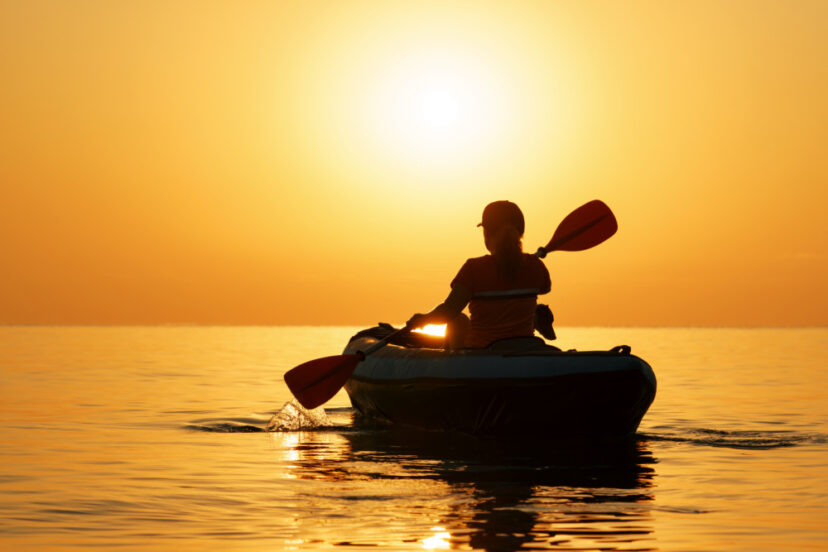Rowing vs Kayaking. What is the difference?
So have you ever found yourself standing at the edge of a serene lake or a bustling river, wondering whether you should take up the oars of a rowboat or the paddle of a kayak.oth are fantastic water sports, but what sets them apart? Let’s dive in and explore the world of rowing vs kayaking together!
The Basics: Rowing and Kayaking Defined
Water sports have always been a fascinating realm of adventure and fitness. Among the myriad of options available, rowing and kayaking stand out as two of the most popular choices. But how do they differ? And which one might be the right fit for you? Stick around as we paddle through the specifics.
What is Rowing?
Rowing is an age-old water sport where you propel a boat using oars. The oars are attached to the boat, and you sit facing backward, pushing against the water to move forward. It’s a full-body workout, engaging your legs, back, and arms.
There are two main types of rowing: sweep rowing and sculling. In sweep rowing, all the rowers use the same oar. In sculling, each rower uses two oars.
What is Kayaking?
Kayaking, on the other hand, involves a small, narrow boat called a kayak. You sit facing forward and use a double-bladed paddle to navigate. It’s more about upper body strength, though your legs play a role in steering and stability.
There are many different types of kayaks, designed for different purposes. Some of the most common types include recreational kayaks, touring kayaks, sea kayaks, and white water kayaks. For convenience you can even purchase inflatable kayaks.
Key Differences Between Rowing and Kayaking
Equipment Differences
- Rowing boats, or shells, are generally longer and can accommodate one to eight rowers. The oars are attached to the boat using oarlocks.
- Kayaks are more compact, designed for one or two paddlers, and the paddle isn’t attached to the boat.
Technique and Posture
- In rowing, you’re pulling the oar, while in kayaking, you’re pushing the paddle.
- The posture is also distinct: rowers lean forward and backward with each stroke, while kayakers remain seated, rotating their torso.
Purpose and Use
- Rowing is often seen in competitive sports and team events. It’s about synchronization and power.
- Kayaking is versatile – from serene lake paddles to adrenaline-pumping whitewater adventures.
Making the Right Choice: Rowing vs Kayaking?
If you’re looking for a team sport and love the idea of synchronized movement, rowing might be your calling. But if you’re after solo adventures and versatility, kayaking could be the way to go. Remember, it’s all about what resonates with your spirit!
In Summary
Both rowing and kayaking offer unique experiences on the water. Whether you’re drawn to the rhythmic pull of rowing or the adventurous spirit of kayaking, both sports offer a blend of fitness and fun. So, why not give both a try and see which one floats your boat?
Frequently Asked Questions
Is rowing harder than kayaking?
It depends on personal preference. Rowing is more of a full-body workout, while kayaking focuses more on the upper body.
Can I switch from rowing to kayaking easily?
Absolutely! While the techniques differ, the foundational skills of balance and water awareness are transferable.
Which is faster, a rowboat or a kayak?
Typically, rowboats used in racing are faster, but recreational kayaks can be quicker than heavier rowboats.




